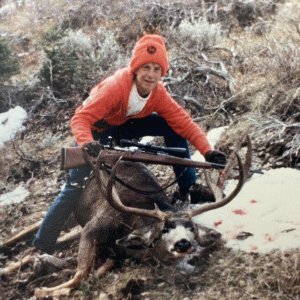accubond
Active Member
- Messages
- 681
I was wondering if anybody has had any luck free floating a Remington 700 with a wood stock? I shoot hand loads out of my .338 RUM and my first test loads shot on a low humidity day were 7/8" (3 shots @ 100 yds.). I went out yesterday on a high humidity day and my groups opened up to about 2" which could be my mechanics but I cant help but think that the humidity may have changed the pressure on my barrel. I did some research and they say that Remington comes factory with a few pounds of pressure at the tip. Also, is just floating without glass bedding the action effective or are both necessary to get the best results. Any feedback would be greatly appreciated.
"If a nation expects to be ignorant and free... it expects what never has and never will be." -Thomas Jefferson
"If a nation expects to be ignorant and free... it expects what never has and never will be." -Thomas Jefferson



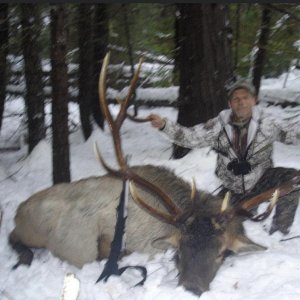

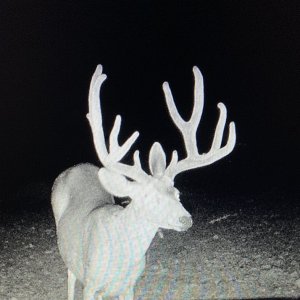
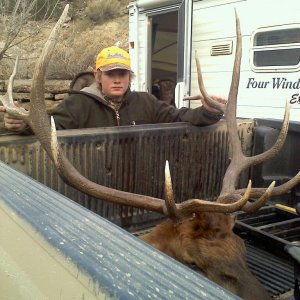
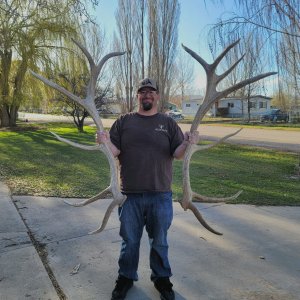


![IMG_4061[1].JPG](/xf/data/xfmg/thumbnail/4/4958-1f3cd251971ac96dec1305f8cb9af2bf.jpg?1614230082)
